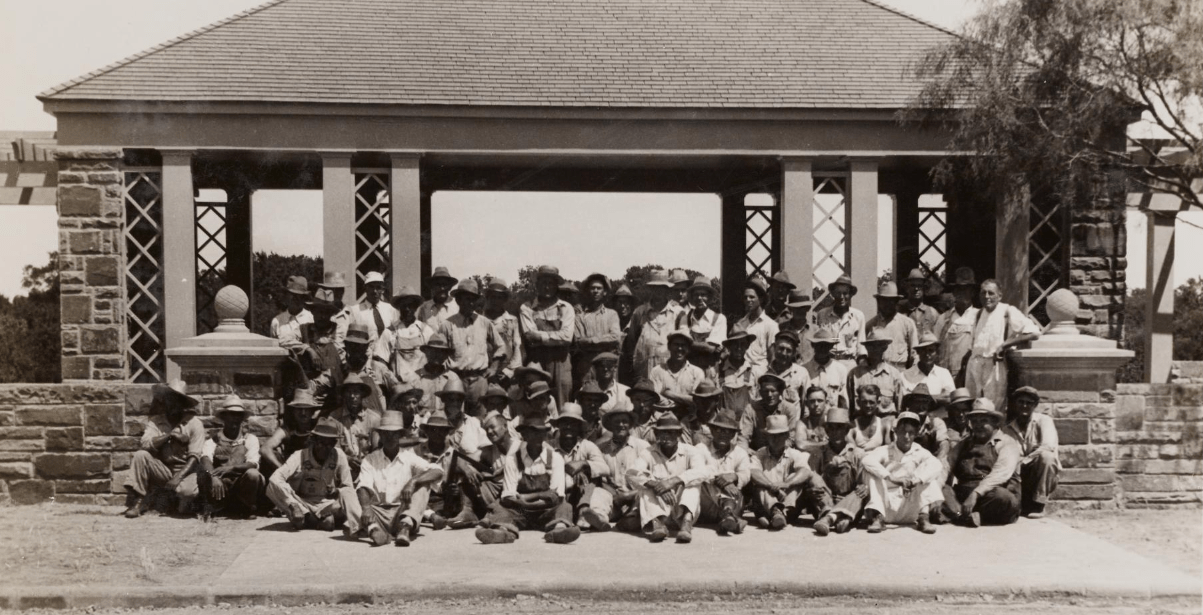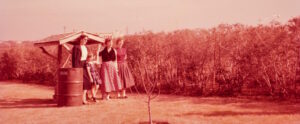During some of the darkest days in American history, Fort Worth workers created an urban oasis. Photos from the era capture construction from preparing the ground to welcoming guests.
Like most cities in the United States–indeed, like much of the world–Fort Worth was hit hard by the Great Depression of 1929-1939. Businesses closed, farm revenues plummeted, and unemployment soared. In 1932, 165,000 people lived in Fort Worth; 20,000, roughly twelve percent, received public assistance.
(Article continues after images.)
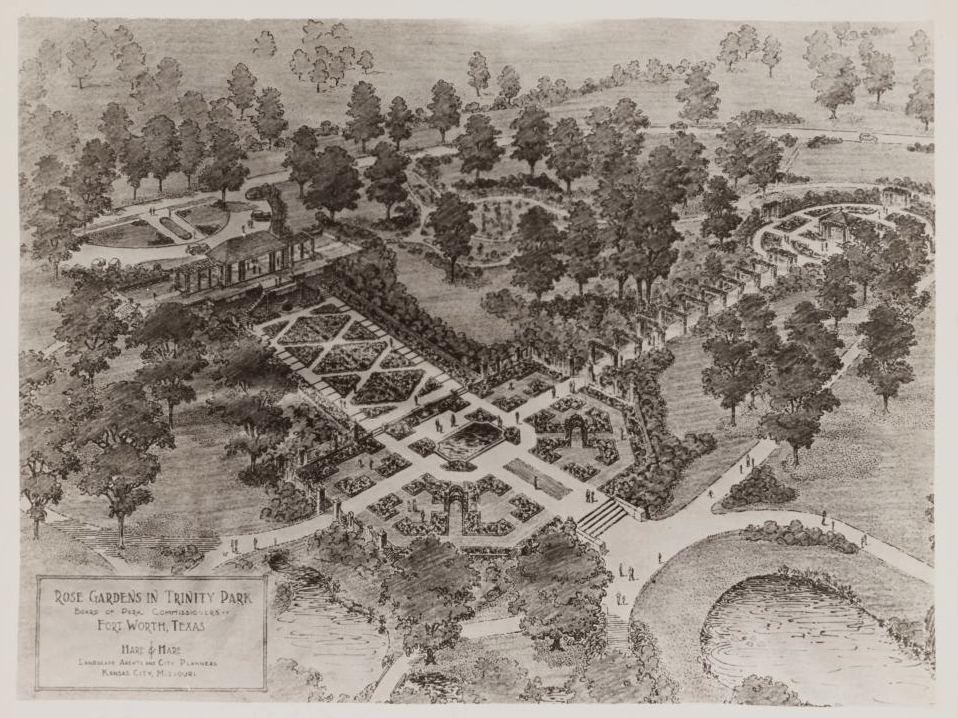
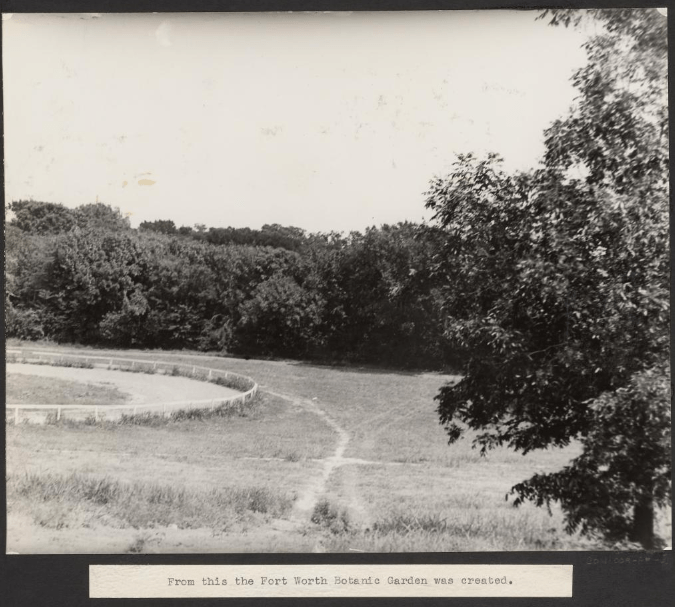
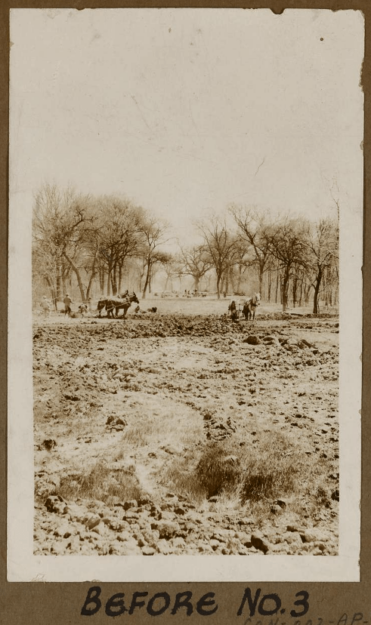
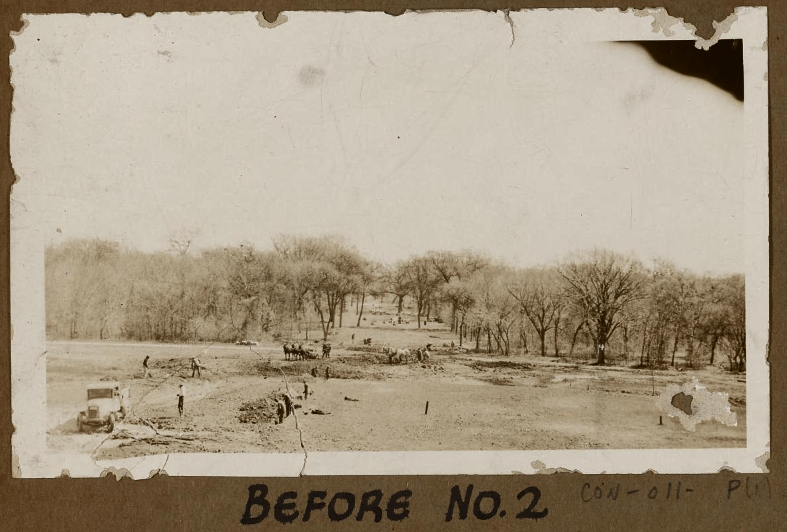
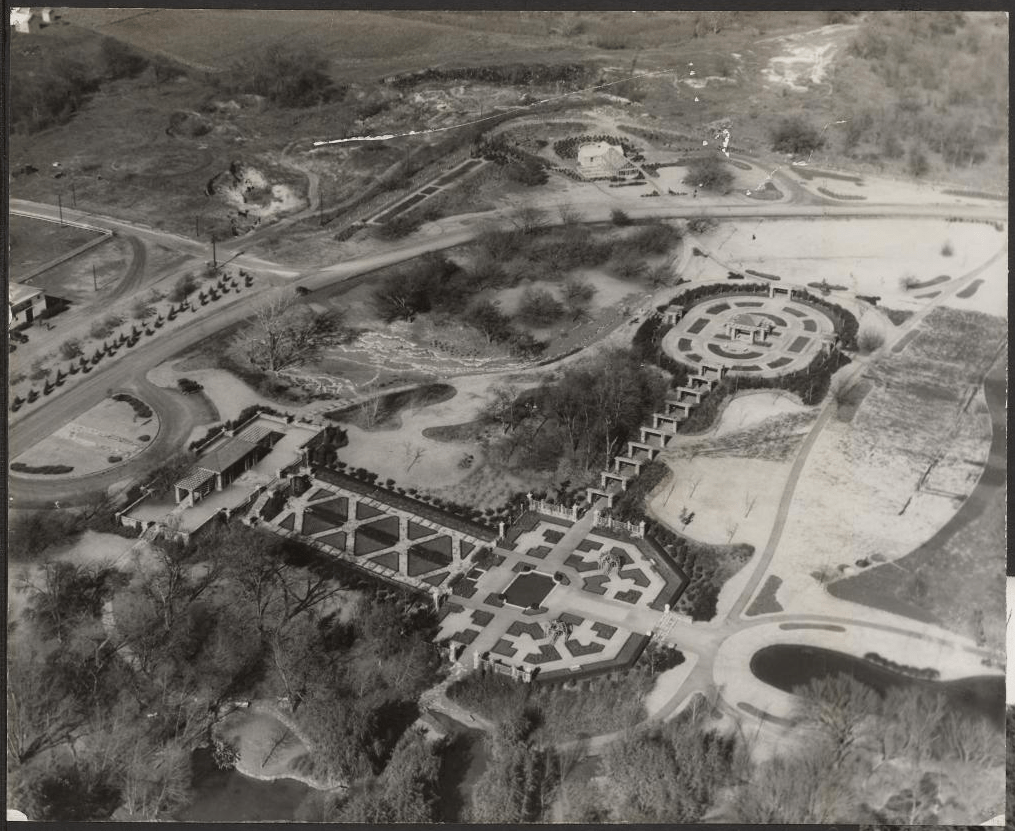
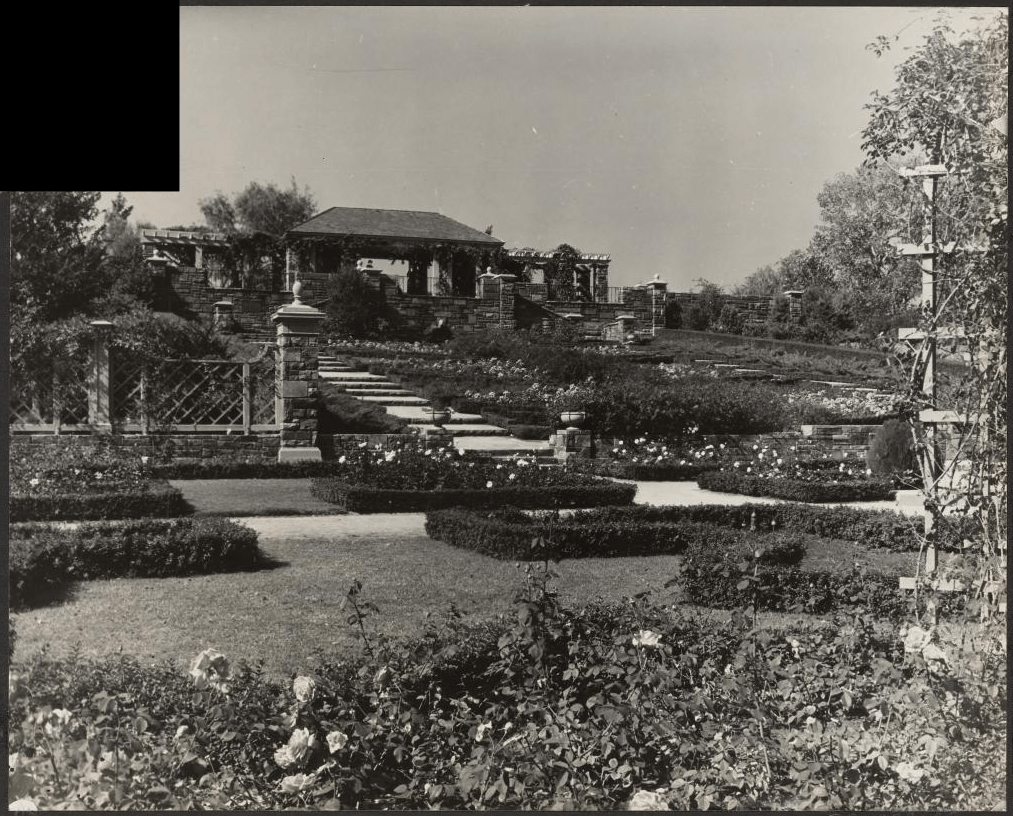
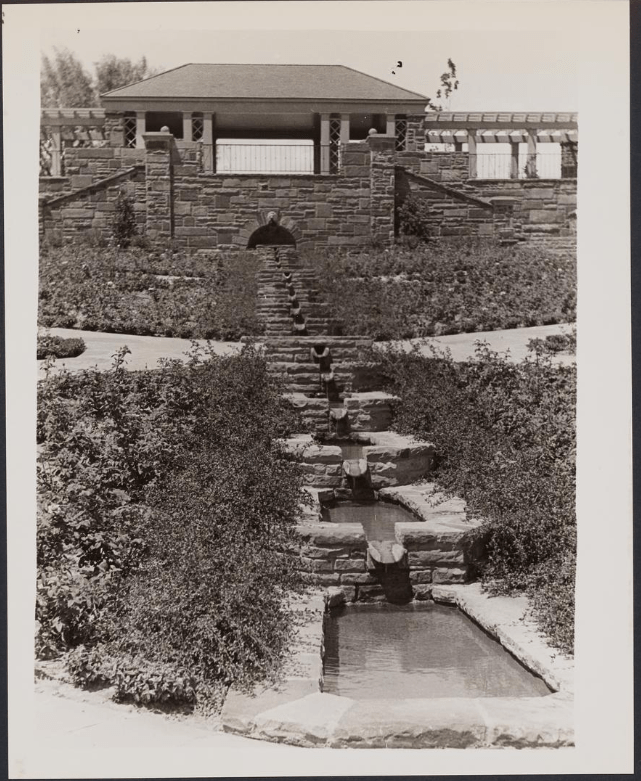
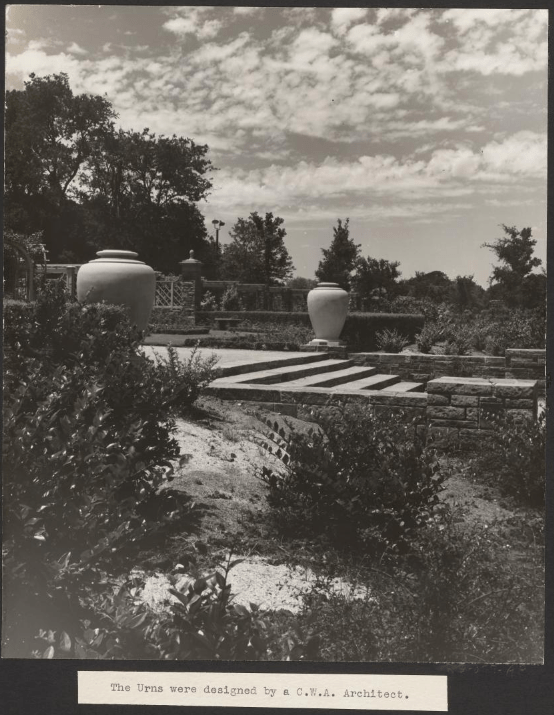
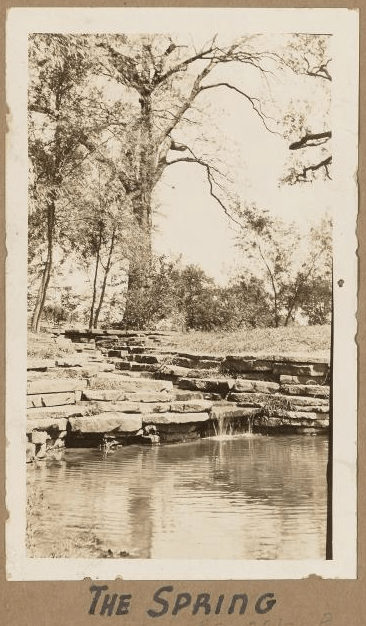

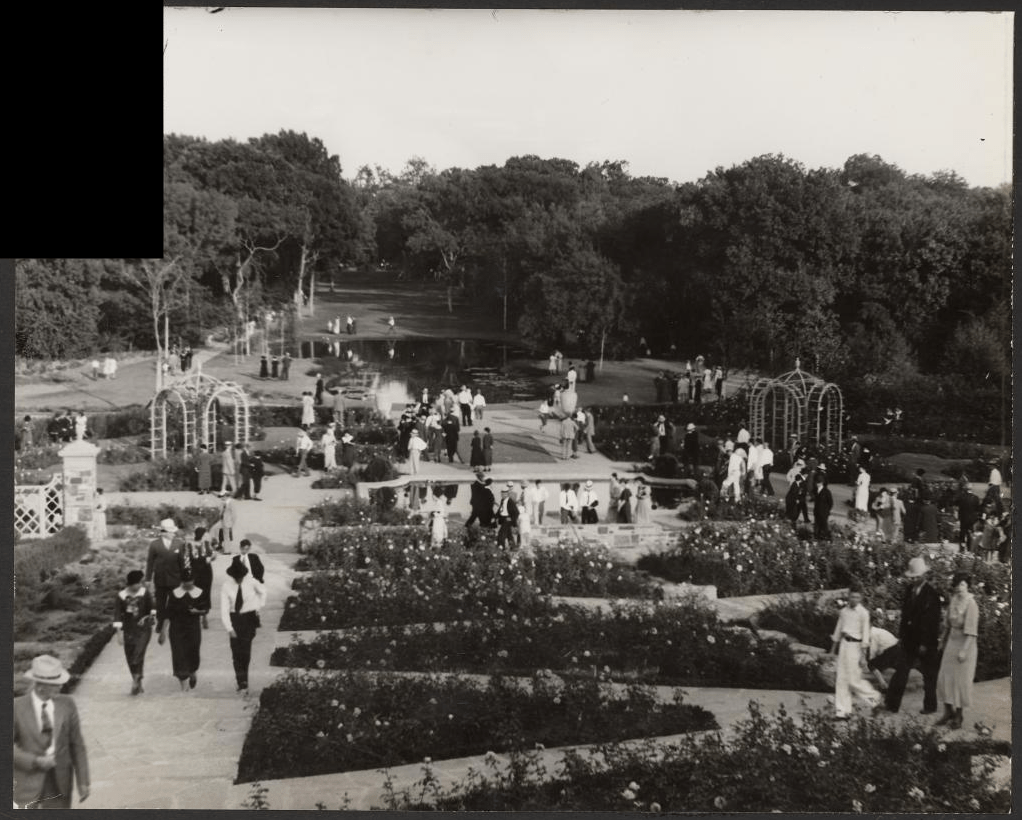
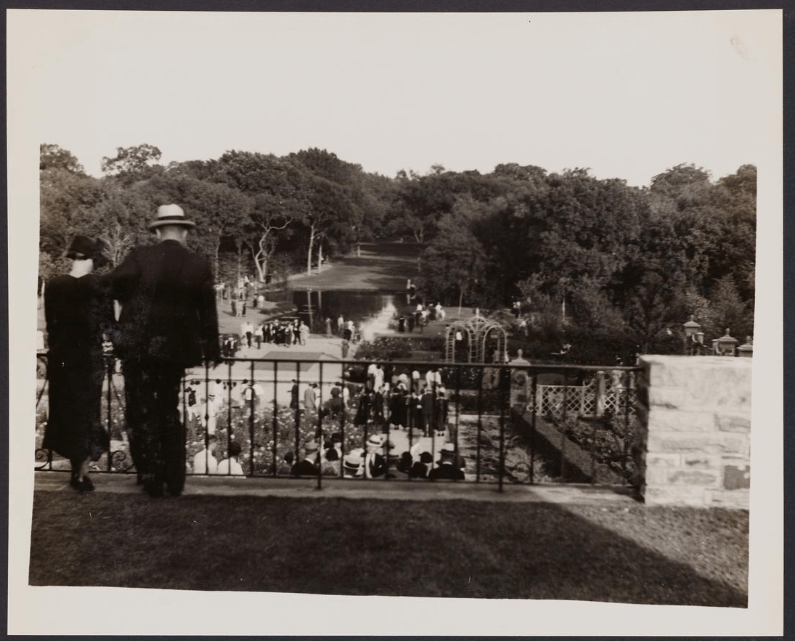
Nevertheless, the Fort Worth Botanic Garden was recognized as the greatest achievement of public works programs in Fort Worth even at the time.
“Out of a mud hole and weed patch there has been created a magnificent Botanic Garden which has come to be known not only throughout this country, but also in many parts of Europe,” reads the 1938 report “United States Community Improvement Appraisal: Fort Worth Texas Before & After Work Relief.” It goes on to describe the Garden as “a monument to work relief.”
These programs concentrated on hiring individuals–men, on the whole–who were otherwise unemployed. In fact, early in the project, city staff were dismayed to realize many of the workers were weak from lack of nutritious food. The team set up kitchen to provide lunch to the work crew, usually stew. According to the recollections of Raymond Morrison in 1977, N. E. Archie, founder of the still thriving business Archie’s Gardenland, was the chief cook.

On-the-job training was provided; at the Garden, forty men were trained as stonemasons. The enduring beauty of the stonework at the Shelter House, Rose Ramp, Rose Garden and Rock Springs Building are a testament to the hard work and skill of these workers. (You can see the stonemason crew in the photo at the top of the page.)
Work was hard and hands-on. Photos show horses were used to prepare the ground. Another four-legged animal also contributed to the project. When constructing the ponds, crews were frustrated when water continued to seep into the ground because they were unable to adequately compact the soil.
Finally, they turned to Queen Tut, the Fort Worth Zoo’s enormously popular elephant. She walked over the muddy bottom and up the sides of the pond area, compacting the soil so it could hold water.
Crews at the Garden became deeply invested in the project, working overtime and on their days off to complete their work. As the Garden neared completion, the workers voluntarily raised $70 toward the purchases of roses. That may not seem like much today, but $70 in 1937 is equivalent to about $1500 today. And remember: these were men who until recently had been unemployed during the worst financial crisis in American history.
The Great Depression hurt families and devastated cities, but in the end some good came out of the crisis. The Garden exists today because members of the Fort Worth community came together to build something beautiful in a time of darkness. We thank them for their vision and their labor.
Images featured in this article were drawn from two reports in the digital collection “The Portal to Texas History.”: “United States Community Improvement Appraisal: Fort Worth Texas Before & After Work Relief, 1932-1938” and “Fort Worth Park System, 1935.”

